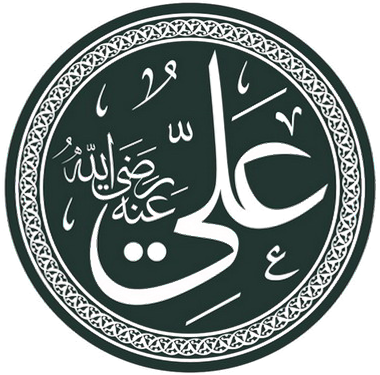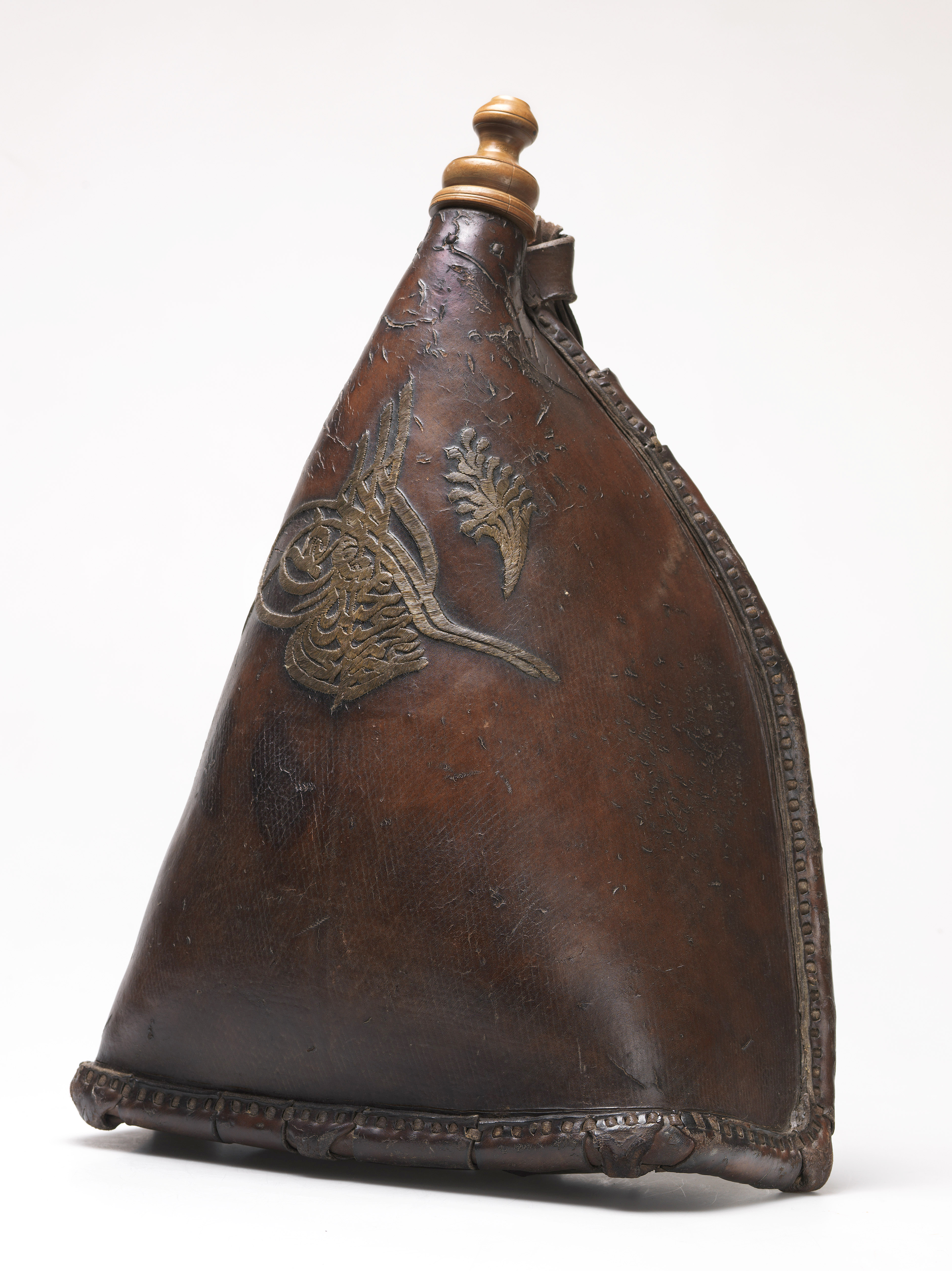|
Chepni Of Rumkale
Chepni of Rumkale ( tr, Rumkale Çepnileri) is a distinct branch of the Chepni tribe inhabiting the northeastern portion of the province of Gaziantep in south-central Turkey, formerly the Ottoman kaza of Rumkale. History Chepni was already present in the region of Rumkale by early 16th century, but it is unknown when the tribe migrated to the region. In late 17th century, Chepni living around Rumkale were known to be settled and would ransack the localities of Pazarcık and Keferdiz, a practice inherited from their nomadic past. Some tribesmen later built the Chepni or Kazımiye Tekke in Aintab. Chepni Tekke of Aintab Although formed by Chepni, the Chepni Tekke in Gaziantep gradually became the center of all Alevi Turkmens living near Aintab. In certain days of the year, people from the Barak villages, the vicinity of Besni, Marash, Sakçagözü, and Islahiye travel to the city for traditional celebrations. Visitors then kiss the hand of the Chepni Dede, who would arrive t ... [...More Info...] [...Related Items...] OR: [Wikipedia] [Google] [Baidu] |
Nizip District
Nizip District is a Districts of Turkey, district of Gaziantep Province of Turkey. Its seat is the city of Nizip, which had 117,750 inhabitants at the end of 2022.İlçe Belediyesi Turkey Civil Administration Departments Inventory. Retrieved 22 December 2022. References Districts of Gaziantep Province Nizip District, * {{Gaziantep-geo-stub ...[...More Info...] [...Related Items...] OR: [Wikipedia] [Google] [Baidu] |
Aintab
Gaziantep (), previously and still informally called Aintab or Antep (), is a major city and capital of the Gaziantep Province, in the westernmost part of Turkey's Southeastern Anatolia Region and partially in the Mediterranean Region, approximately east of Adana and north of Aleppo, Syria. It is thought to be located on the site of ancient Antiochia ad Taurum, and is near ancient Zeugma. As of the 31/12/2021 last estimation, the Metropolitan Province was home to 2,130,432 inhabitants, of whom 1,775,904 lived in the metropolitan area made of two (out of three) urban districts of Şahinbey and Şehitkamil, as Oğuzeli is not conurbated. It is the sixth-most populous city in Turkey. Name Due to the city's contact with many ethnic groups and cultures throughout its history, the name of the city has many variants and alternatives, such as: *''Hantab'', ''Hamtab'', or ''Hatab'' as known by the Crusaders. *''Antab'' and its variants in vulgar Turkish and Armenian since 17th centur ... [...More Info...] [...Related Items...] OR: [Wikipedia] [Google] [Baidu] |
Sunni
Sunni Islam () is the largest branch of Islam, followed by 85–90% of the world's Muslims. Its name comes from the word '' Sunnah'', referring to the tradition of Muhammad. The differences between Sunni and Shia Muslims arose from a disagreement over the succession to Muhammad and subsequently acquired broader political significance, as well as theological and juridical dimensions. According to Sunni traditions, Muhammad left no successor and the participants of the Saqifah event appointed Abu Bakr as the next-in-line (the first caliph). This contrasts with the Shia view, which holds that Muhammad appointed his son-in-law and cousin Ali ibn Abi Talib as his successor. The adherents of Sunni Islam are referred to in Arabic as ("the people of the Sunnah and the community") or for short. In English, its doctrines and practices are sometimes called ''Sunnism'', while adherents are known as Sunni Muslims, Sunnis, Sunnites and Ahlus Sunnah. Sunni Islam is sometimes referre ... [...More Info...] [...Related Items...] OR: [Wikipedia] [Google] [Baidu] |
Islam
Islam (; ar, ۘالِإسلَام, , ) is an Abrahamic religions, Abrahamic Monotheism#Islam, monotheistic religion centred primarily around the Quran, a religious text considered by Muslims to be the direct word of God in Islam, God (or ''Allah'') as it was revealed to Muhammad, the Muhammad in Islam, main and final Islamic prophet.Peters, F. E. 2009. "Allāh." In , edited by J. L. Esposito. Oxford: Oxford University Press. . (See alsoquick reference) "[T]he Muslims' understanding of Allāh is based...on the Qurʿān's public witness. Allāh is Unique, the Creator, Sovereign, and Judge of mankind. It is Allāh who directs the universe through his direct action on nature and who has guided human history through his prophets, Abraham, with whom he made his covenant, Moses/Moosa, Jesus/Eesa, and Muḥammad, through all of whom he founded his chosen communities, the 'Peoples of the Book.'" It is the Major religious groups, world's second-largest religion behind Christianity, w ... [...More Info...] [...Related Items...] OR: [Wikipedia] [Google] [Baidu] |
Alevi
Alevism or Anatolian Alevism (; tr, Alevilik, ''Anadolu Aleviliği'' or ''Kızılbaşlık''; ; az, Ələvilik) is a local Islamic tradition, whose adherents follow the mystical Alevi Islamic ( ''bāṭenī'') teachings of Haji Bektash Veli, who is supposed to have taught the teachings of Ali and the Twelve Imams. Differing from Sunnism and other Twelver Shia, Alevis have no binding religious dogmas, and teachings are passed on by a spiritual leader. They acknowledge the six articles of faith of Islam, but may differ regarding their interpretation. Adherents of Alevism are found primarily in Turkey and estimates of the percentage of Turkey's population that are Alevi include between 4% and 15%. Etymology "Alevi" () is generally explained as referring to Ali, the cousin and son-in-law of Muhammad. The name represents a Turkish form of the word ''‘Alawi'' ( ar, علوي) "of or pertaining to Ali". A minority viewpoint is that of the Ishikists, who assert, "Alevi" was de ... [...More Info...] [...Related Items...] OR: [Wikipedia] [Google] [Baidu] |
Mecca
Mecca (; officially Makkah al-Mukarramah, commonly shortened to Makkah ()) is a city and administrative center of the Mecca Province of Saudi Arabia, and the Holiest sites in Islam, holiest city in Islam. It is inland from Jeddah on the Red Sea, in a narrow valley above sea level. Its last recorded population was 1,578,722 in 2015. Its estimated metro population in 2020 is 2.042million, making it the List of cities in Saudi Arabia by population, third-most populated city in Saudi Arabia after Riyadh and Jeddah. Pilgrims more than triple this number every year during the Pilgrimage#Islam, pilgrimage, observed in the twelfth Islamic calendar, Hijri month of . Mecca is generally considered "the fountainhead and cradle of Islam". Mecca is revered in Islam as the birthplace of the Prophets and messengers in Islam, Islamic prophet Muhammad. The Hira cave atop the ("Mountain of Light"), just outside the city, is where Muslims believe the Quran was first revealed to Muhammad. Vis ... [...More Info...] [...Related Items...] OR: [Wikipedia] [Google] [Baidu] |
Zamzam Well
The Zamzam Well ( ar, بئر زمزم, translit=Biʾru Zamzam ) is a well located within the Masjid al-Haram in Mecca, Saudi Arabia. It is located east of the Kaʿba, the holiest place in Islam. According to Islamic narratives, the well is a miraculously generated source of water, which opened up thousands of years ago when the son of Ibrahim (Abraham), Ismaʿil (Ishmael), was left with his mother Hajar (Hagar) in the desert. It is claimed to have dried up during the settlement of the Jurhum in the area and to have been rediscovered in the 6th century by ʿAbd al-Muṭṭalib, grandfather of Muhammad. Millions of pilgrims visit the well each year while performing the ''Hajj'' or ''Umrah'' pilgrimages in order to drink its water. Etymology The origin of the name is uncertain. According to Chabbi the noun ar, زمزم, translit=Zamzam is an onomatopoeia. She associates the noun with the adjectives ar, زمزم, translit=zamzam and ar, زمازم, translit=zumāzim which a ... [...More Info...] [...Related Items...] OR: [Wikipedia] [Google] [Baidu] |
Dede (religious Figure)
A dede is a socio-religious leader in the Islamic Alevi and non-Islamic Ishiki community. It is one of the 12 ranks of Imam in Alevism. The institution of dede is the most important of all the institutions integral to the social and religious organization of the Anatolian Alevis. Although much weakened as a result of the socio-economic transformation experienced in Anatolia towards the end of the nineteenth century, and particularly due to accelerated migration from the rural to the urban areas after the foundation of the Republic of Turkey, it played a primary role in the survival of Alevism until today. A descendant of a Dede is called a Hearth. The institution of dedes is based on a three tiered hierarchy: # Murshid # Pir # Rehber In some regions this hierarchy is modified in such a way that the Pir and Murshid change places. This is exclusively a functional hierarchy, as all involved come from a dede family. They fulfill functions that are complementary in nature, and wou ... [...More Info...] [...Related Items...] OR: [Wikipedia] [Google] [Baidu] |
Hand-kissing
Hand-kissing is a greeting gesture that indicates courtesy, politeness, respect, admiration or even devotion by one person toward another. A hand-kiss is considered a respectful way for a gentleman to greeting, greet a lady. Today, non-ritual hand-kissing is rare and takes place mostly within conservative class or diplomatic contexts. Today, the hand kiss has largely been replaced by a cheek kissing, kiss on the cheek or a handshake. A non-ritual hand-kiss can be initiated by the lady, who would hold out her right hand with the back of the hand facing upward; or by the gentleman extending his right hand with the palm facing upward to invite the lady to put her right hand lightly on it facing downward. The gentleman may bow towards the offered hand and (often symbolically) would touch her knuckles with his lips, while lightly holding the offered hand. However, the lips do not actually touch the hand in modern tradition, especially in a formal environment where any intimate or roma ... [...More Info...] [...Related Items...] OR: [Wikipedia] [Google] [Baidu] |
Marash
Marash (Armenian: Մարաշ), officially Kahramanmaraş () and historically Germanicea (Greek: Γερμανίκεια), is a city in the Mediterranean Region, Turkey, Mediterranean Region of Turkey and the administrative center of Kahramanmaraş Province. Before 1973, Kahramanmaraş was officially named Maraş, and later, it attained the prefix "kahraman" (meaning "hero" in Turkish) to commemorate Battle of Marash. The city lies on a plain at the foot of the Ahir Dağı (Ahir Mountain).The region is best known for its dondurma, distinctive ice cream, and its production of salep, a powder made from dried orchid tubers. Kahramanmaraş Airport has flights to İstanbul and Ankara. History Early history In the early Iron Age (late 11th century BC to ca. 711 BC), Maraş was the capital city of the Syro-Hittite states, Syro-Hittite state Gurgum (Hieroglyphic Luwian Kurkuma). It was known as "the Kurkumaean city" to its Luwian inhabitants and as Marqas to the Assyrians. In 711 BC, the ... [...More Info...] [...Related Items...] OR: [Wikipedia] [Google] [Baidu] |
Besni
Besni ( ku, Bêsnî) is a town and district of Adıyaman Province of Turkey, 44 km west of the city of Adıyaman. History The city was historically known as Bahasna. It was controlled by the Byzantines until it was captured by the Umayyad army in 670. The region was retaken by the Byzantines under Nikephoros II Phokas until 1084 or 1085, when Buldaci, one of the Turkish commanders of Suleiman ibn Qutalmish, the founder of the Sultanate of Rum, conquered several castles in the region. However, Bahasna, was captured from the Seljuk Turks and controlled by the Crusaders during the First Crusade in 1097, to be ruled later by the Armenian ruler, Kogh Vasil. Later on, it became part of the County of Edessa in 1116. It remained to be controlled by the Franks, until it was taken by Mesud I the Sultan of Rum in 1150. In 1156, it was captured by the Zengid ruler Nur ad-Din Zengi, then it came under the control of Seljuk ruler Kilij Arslan II until 1173, until the emergence of the Ayyubi ... [...More Info...] [...Related Items...] OR: [Wikipedia] [Google] [Baidu] |


.jpg)



_(cropped).jpg)
